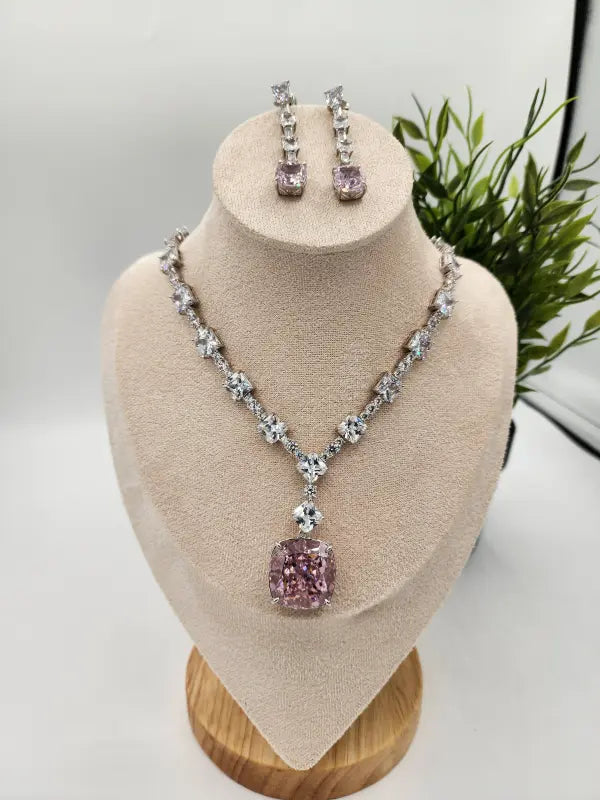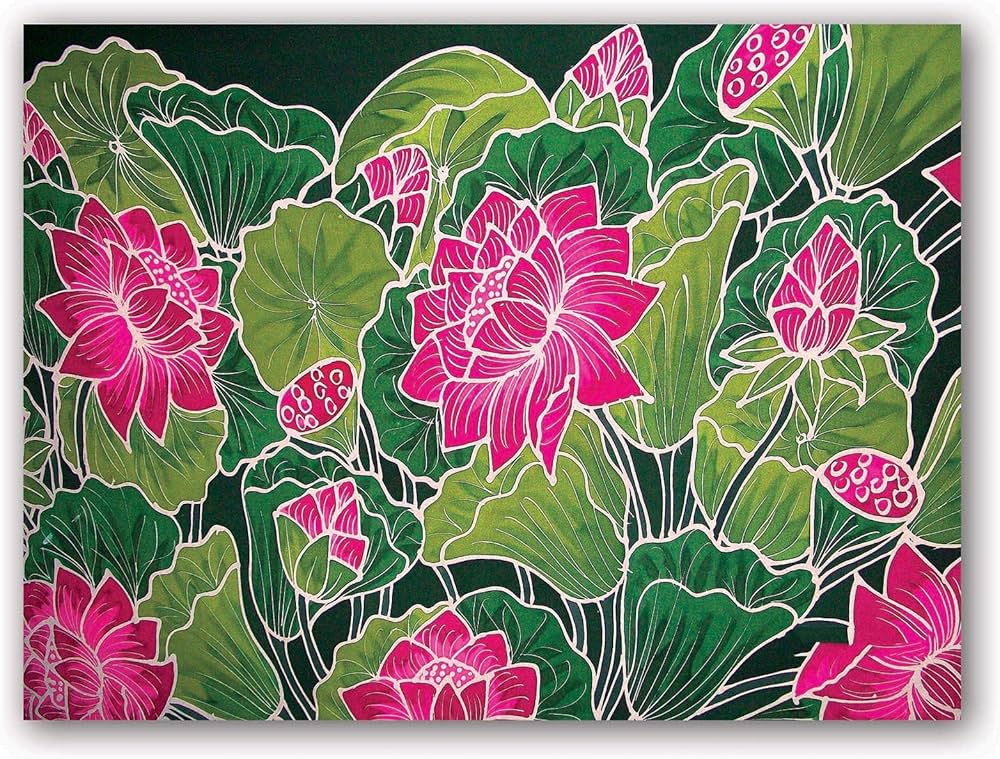Phulkari (Gurmukhi: ਫੁਲਕਾਰੀ; Shahmukhi: پھلکاری) is a vibrant and intricate folk embroidery tradition from the Punjab region of South Asia, with a counterpart known as Gulkari in Sindh. The term 'phulkari' translates to 'floral work,' although the designs extend beyond floral patterns to include motifs and geometrical shapes. This traditional craft holds significant cultural value and showcases the skilled artistry of Punjabi women.
The Essence of Phulkari

Phulkari embroidery is characterized by its use of the darn stitch on the wrong side of coarse cotton cloth, utilizing colorful silken threads. The traditional varieties of phulkaris are large items of cloth and include chope, tilpatr, neelak, and bagh. The distinction between phulkari and bagh is notable: phulkari features sparingly embroidered flowers, leaving much of the base cloth visible, while bagh displays an intricately embroidered flower pattern covering the entire garment.
Historical and Cultural Significance

The craft of phulkari has undergone significant changes over the centuries. Traditionally, women would embroider phulkaris without using stencils, gathering friends and family to ceremoniously begin the process. Folk songs, such as "Ih Phulkari Meri Maan Ne Kadhi / Is Noo Ghut Ghut Japhiyan Paawan" ('This Phulkari was embroidered by my mother, I embrace it warmly'), reflect the emotional attachment girls had to the phulkari embroidered by their mothers or grandmothers.
Etymology and Origin

Phulkari is derived from two words: 'phul' meaning 'flower' and 'akari' meaning 'shape.' It symbolizes life and is intricately linked to the birth of a girl child in Punjabi families, where mothers and grandmothers start embroidering Phulkari dupattas upon her birth. Traditionally, Phulkari was done using real flowers on fabrics like silk and mulmul (soft cotton muslin).
There are various theories about the origin of phulkari. Some believe this embroidery dates back to the 7th century CE, while others suggest it originated from Iran, where it was known as Gulkari. However, distinct styles of phulkari have been identified, making it uniquely Punjabi. References to phulkari can be found in ancient texts, folk legends, and literature, with the earliest mention in the 18th century Punjabi literature.
Fabrics and Techniques

Phulkari was traditionally done on coarse fabrics such as khaddar, dasuti, and khaddar casement. The choice of fabric depended on the type of phulkari being created. For instance, a loosely woven khaddar with coarse yarns was used for some types, while a lightweight and finely woven khaddar was chosen for others.
The fabric used was hand-spun khaddar, spun into yarn by women on the charkha (spinning wheel). After dyeing the yarn, it was woven into cloth, which was then embroidered. Traditionally, coarse khaddar made it easier to count the yarn, aiding in the intricate embroidery process. The base khaddar cloth varied in fineness depending on the region, with Western Punjab using finer cloth than Central Punjab.
Patterns and Motifs

Phulkari embroidery is renowned for its myriad patterns created using long and short darn stitches. Embroidery was done without pattern books, with designs transmitted orally and each regional group identified by its unique style. The embroidery used floss silk thread, with the best quality silk coming from China. The thread was dyed in big cities and sold by hawkers or peddlers.
Red and its shades were the most favored colors, considered auspicious by both Hindus and Sikhs of Punjab. Other colors included madder brown, rust red, and indigo for the base fabric. Geometrical patterns, scenes from everyday village life, and motifs representing success, beauty, pride, and prosperity were commonly embroidered. Despite not being originally commercial, some phulkaris were sold in European and American markets in the 19th century.
Types of Phulkari

Pal (1960) describes several traditional varieties of phulkari, including bagh ('garden'), chope, subhar, sainchi, tilpatra, neelal, ghungat bagh, and chammas. Each variety had unique characteristics, materials, colors, and stitching techniques. The traditional cloth used was khaddar, with colors such as red, white, golden yellow, green, and deep blue, dyed using natural methods.
Women gathered to embroider phulkaris, singing traditional folk songs. Pal mentions instances where women set aside grains of wheat for every stitch made, later donating them. Different styles could be seen on one phulkari, reflecting the individual creativity of each embroiderer. Thind (2005) adds another variety, the bawan bagh, which combines more than one bagh style on a single cloth.
Conclusion
Phulkari embroidery is a testament to the skilled artistry and cultural heritage of Punjab. From its intricate patterns and vibrant colors to its historical significance and emotional connection, phulkari remains a cherished craft. Despite changes over the centuries, efforts to preserve and celebrate phulkari ensure its legacy endures, showcasing the timeless beauty of this traditional embroidery.
Frequently Asked Questions
- What is Phulkari?
Phulkari is a traditional folk embroidery from the Punjab region of India and Pakistan. The word "Phulkari" means "flower work," and the embroidery typically features floral patterns along with geometrical shapes, using brightly colored silk threads on coarse cotton fabric.
- What is the difference between Phulkari and Bagh?
Phulkari refers to embroidery that features sparse designs, allowing the base fabric to be visible. In contrast, Bagh (meaning "garden") is a more intricate form where the entire fabric is densely embroidered, covering the surface completely with detailed patterns.
- What fabrics are used for Phulkari embroidery?
Phulkari embroidery is traditionally done on khaddar, a handwoven cotton fabric. The embroidery is carried out with silk threads, known as "patt," which are often dyed in vibrant colors.
- What are some traditional varieties of Phulkari?
Some traditional varieties of Phulkari include Chope, Tilpatra, Neelak, Ghungat Bagh, and Chammas. Each type has its unique patterns, colors, and significance in Punjabi culture.
- How has Phulkari evolved over time?
Phulkari has evolved from being a domestic craft, primarily created by women for family use, to a commercial art form. Modern Phulkari designs incorporate a wide range of colors and motifs, often influenced by market demand, and are popular in fashion both in South Asia and internationally.




